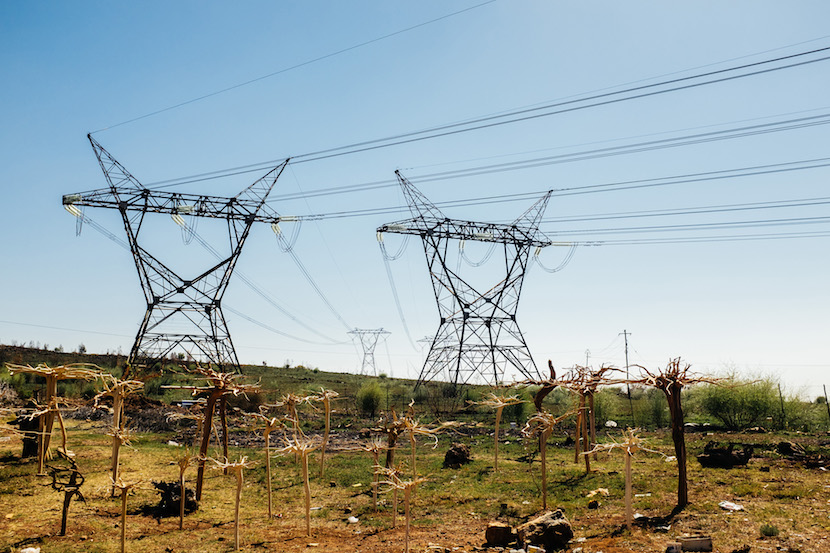There’s not even any pretence. CEO Brian Molefe’s Eskom‘s is fully committed to coal and nuclear. It wants to cap any further investment in renewables. And public perceptions be damned. Forceful, direct and unmoving. Decisions taken in total isolation to developments elsewhere in the world. It’s as though the renewables revolution, driven, ironically, by South African Elon Musk, isn’t actually happening. Eskom’s approach smacks of that by blinkered planners who refuse to appreciate they don’t know what they don’t know. Shades of the old National Party Government. The more things change, the more they stay the same. Ditto a continued slide down the global competitiveness league table. – Alec Hogg
By
(Bloomberg) – Eskom Holdings SOC Ltd. supports getting power from independently run coal projects rather than renewable sources as South Africa’s state-owned utility expects current generation will be insufficient to meet demand by 2022.
The utility should look to buy electricity from independent coal-fueled projects, group Generation Executive Matshela Koko wrote in Johannesburg-based Business Report newspaper Tuesday. Power from coal is considered baseload, or continuous, because generation is constant. Supply from renewables, which Eskom has been buying from independent producers at the government’s request, is expensive and will make power “practically unaffordable,” he said.

The utility “supports the roll-out of coal IPPs,” he said, referring to independent power producers. “If they were signed on today, they should be in commercial operation by 2022.”
Eskom’s research indicates that its 40-gigawatt base load capacity “cannot be reliably supported” by a combination of wind, solar and gas power projects, he said.
Eskom's Medupi coal power coming in at R1,05/kWh, Kusile at R1,16/kWh, new coal IPPs at R0,82/kWh. What do you say @koko_matshela?
— Chris Yelland (@chrisyelland) October 10, 2016
The utility, which was forced to impose managed cuts last year as demand exceeded power generation, is currently producing enough electricity to meet the country’s needs. Eskom has said it shouldn’t be bound to buying more expensive renewable energy from independent producers even as the country attempts to reduce its emissions.
Coal Electricity
On Monday, the government named the Khanyisa and Thabametsi groups as the preferred bidders to build two coal-fired power plants that will add 863.3 megawatts of electricity to the national grid.

The renewable IPP program resulted in a net economic loss of R4.3 billion ($307 million) in the first half of the year, Koko said. It’s unfair to pass these costs on to the “already overburdened consumer,” he said. Eskom is set to pay R15.5 billion for power from independent producers using renewable sources in the year through March, and this may rise to 41.4 billion rand by 2022.
The utility doesn’t want to sign on further such projects and wants to put all costs relating to existing agreements into a separate entity that could be funded separately, Koko said.
“This will serve as a crucial first step towards protecting South African electricity consumers from high tariffs,” he said.
Eskom, which provides about 90 percent of the country’s electricity, had to buy diesel to run costly emergency turbines in 2014 and 2015 to curb regular supply cuts in the continent’s most-industrialized economy. Power prices in South Africa have almost quadrupled since 2007, when the country first had shortages that resulted in scheduled cuts known as load-shedding.
Eskom abandoned nuclear procurement in 2008 as bids were too expensive. Nuclear costs have increased since then so why's Eskom keen again?
— Anton Eberhard (@AntonEberhard) October 1, 2016
In the longer term, South Africa should also consider nuclear power to meet the next “capacity challenge” in 2026 to 2028, Koko said. “Nuclear as a baseload solution must be considered and the request for proposals be issued as soon as possible.”

